Table of Content
- What the New Mohali Collector Rate Means for Homebuyers
- Key Highlights of the 2025–26 Rate Revision
- Mohali’s Rapid Growth as a Housing Hub
- Why the Administration Raised Collector Rates Again
- Developers and Stakeholders React to the Hike
- Chandigarh’s Rate Hike Adds Regional Pressure
- Impact on Buyers, Sellers, and Developers
- Conclusion
Homebuyers in Mohali are bracing for another surge in property costs as the Mohali collector rate has been revised upward yet again. Effective October 23, 2025, the new rates will make residential properties in the district costlier by 20% to 22%, depending on the locality. Industrial properties are expected to see a 30% increase, while commercial property rates are expected to remain unchanged.
This marks the fourth consecutive hike since 2021, reaffirming Mohali’s growing importance as one of Punjab’s most active housing markets.
What the New Mohali Collector Rate Means for Homebuyers
For homebuyers, the new Mohali collector rate means higher transaction costs and stamp duties. The collector rate represents the minimum value at which property can be registered and stamp duty is levied on either the market value or this rate, whichever is higher.
For instance, a one-kanal house in Mohali that previously attracted a stamp duty of ₹18 lakh will now cost nearly ₹22 lakh after the rate revision.
The current stamp duty slabs remain unchanged:
- 8% for male buyers
- 6% for female buyers
- 7% for joint ownership
This upward adjustment not only affects homebuyers but also impacts the resale market and ongoing property transactions across the region.
Also Read: India Secures Sixth Spot Globally in Branded Residences Led by Major Metros
Key Highlights of the 2025–26 Rate Revision
The new Mohali collector rate for 2025–26 brings several notable changes:
- Residential property rates up by 20–22%, depending on the area.
- Industrial property rates increased by 30%.
- No revision for commercial property categories.
- In areas under Mohali Municipal Corporation, rate increases range from 5% to 33%.
According to the district administration, the revised rates will soon be published on the official website: www.sasnagar.nic.in.
Mohali’s Rapid Growth as a Housing Hub
The consistent rise in the Mohali collector rate reflects the city’s rapid transformation into a real estate hotspot adjoining Chandigarh. With no new government or private housing projects launched in Chandigarh since 2016, Mohali has absorbed much of the region’s housing demand.
Here’s how collector rates have evolved over recent years:
- 2021: Increase of 35%
- 2022: Increase of 42% to 76%
- 2024–25: Increase of 26% to 50%
These consecutive hikes underscore how Mohali has steadily moved up the value chain, transitioning from a peripheral township to a premium real estate destination for both investors and end-users.
Why the Administration Raised Collector Rates Again
According to officials, the revision of the Mohali collector rate aims to bridge the gap between market valuations and official government rates. The move is expected to generate higher revenue, curb undervaluation, and reduce black money circulation in property deals.
Deputy Commissioner Komal Mittal noted that the rates were rationalized after detailed consultations with stakeholders to ensure that they align closely with actual market trends. She added that realistic property valuations will help create a more transparent registration process and boost government revenue.
A senior official from the revenue department also emphasized that the hike was necessary to bring official prices in line with prevailing market conditions, particularly in rapidly developing sectors.
Developers and Stakeholders React to the Hike
While the government maintains that the revision is essential, industry players have expressed mixed reactions.
Parveen Kansal, Chairman of the Royal Estate Group, said the decision will burden middle-class homebuyers, who are already struggling with higher borrowing costs and limited affordability. “Instead of increasing the Mohali collector rate, the government could have introduced a small cess to raise revenue without hurting end-users,” he remarked.
Shailender Anand, former Chairman of the Mohali Property Consultants Association (MPCA), criticized the timing of the increase, saying that “the market is currently stable, and such hikes could disrupt demand in the near term.”
Despite these concerns, some experts believe that higher collector rates can promote market transparency, discourage speculative buying, and help the sector achieve long-term price correction.
Chandigarh’s Rate Hike Adds Regional Pressure
Adding to the regional price pressure, the Chandigarh administration also announced a steep collector rate hike effective April 1, 2025, the first since 2021. The revision included:
- 316% rise in collector rates for residential areas in villages.
- 128% hike in Sectors 1–12.
- 98% increase in Sectors 14–37.
- 82% rise in Sectors 38 and beyond.
With both Chandigarh and Mohali revising rates within months of each other, property prices across the Tricity region (Chandigarh–Mohali–Panchkula) are expected to remain under upward pressure, particularly for premium residential zones.
Also Read:
Impact on Buyers, Sellers, and Developers
The revised Mohali collector rate will have a multi-dimensional impact on the local housing market:
- Homebuyers will face higher upfront costs due to increased stamp duty and registration charges.
- Sellers might experience slower deal closures as affordability tightens.
- Developers could see a temporary dip in demand but benefit from greater price transparency and standardized valuations in the long term.
- Investors may treat this as an opportunity to enter the market before rates rise further or property values adjust accordingly.
Overall, the policy aligns with the state’s broader objective of formalizing the real estate ecosystem and ensuring fair taxation across transactions.
Also Read: UP RERA Approves Six New Real Estate Projects Worth ₹176 Crore
Conclusion
The latest revision in the Mohali collector rate continues a pattern of progressive alignment between market-driven and government-assessed property values. While this move strengthens transparency and improves revenue collection, it also adds pressure on affordability especially for mid-income homebuyers.
Despite short-term challenges, Mohali’s strategic location, infrastructure development, and growing demand from Chandigarh spillover buyers will continue to support its real estate growth. Over time, as the market stabilizes, the revised rates are likely to create a more balanced and transparent property environment across Punjab’s most dynamic housing corridor.

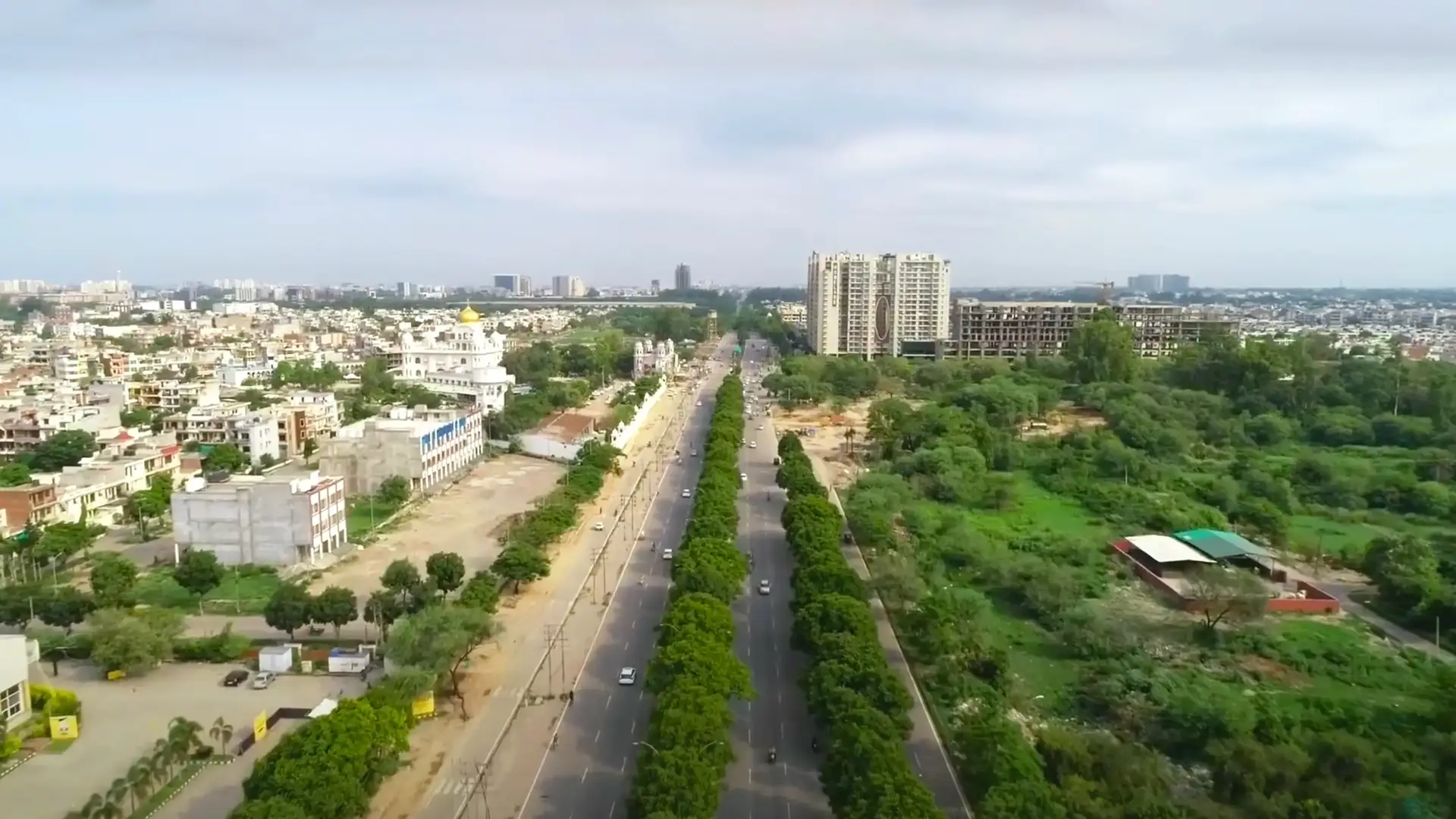
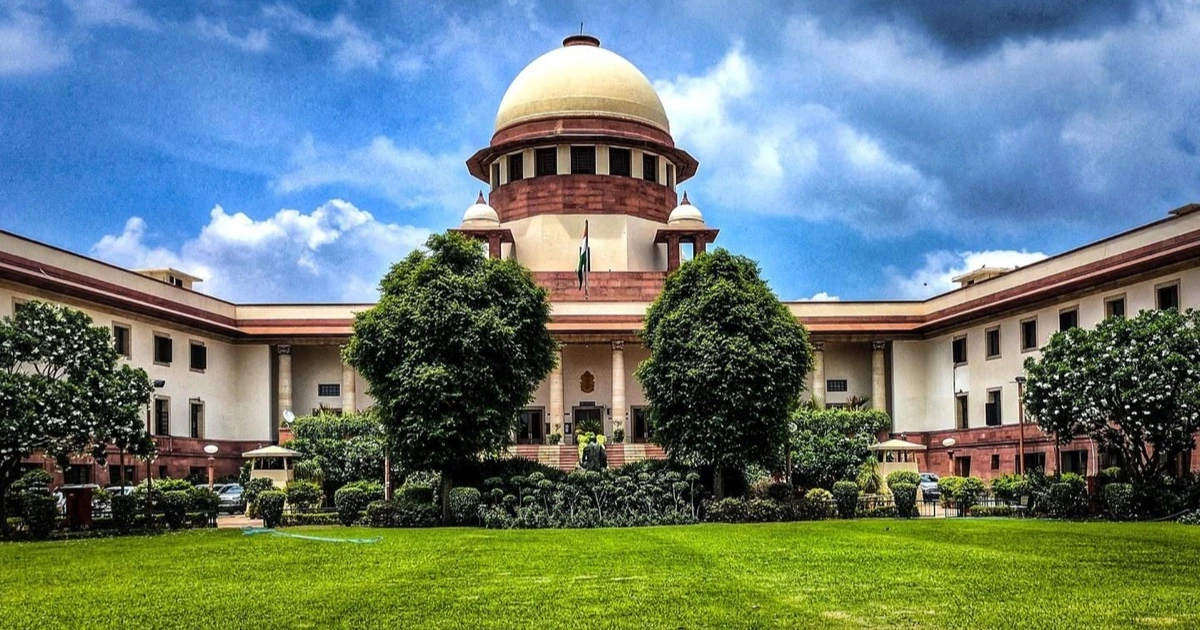
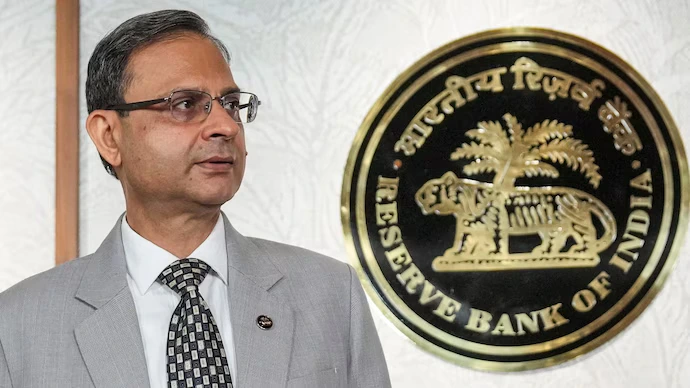
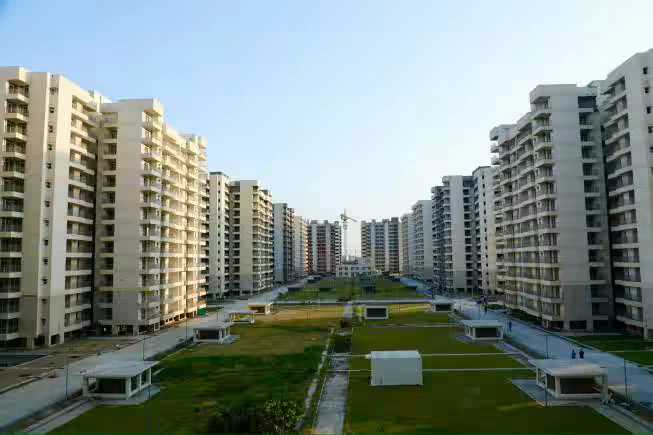
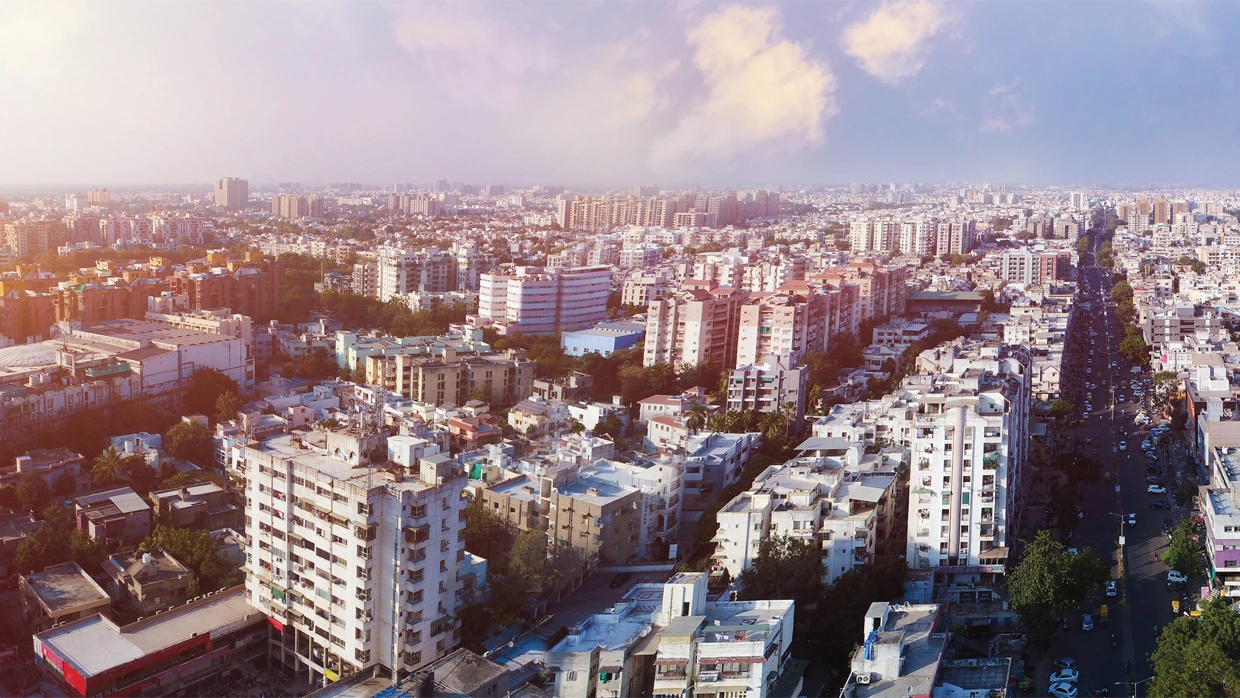

Ans 1. The Mohali collector rate is the minimum government-assessed value at which a property can be registered. Stamp duty and registration charges are calculated based on either the market value or the collector rate, whichever is higher.
Ans 2. The revised rates are effective from October 23, 2025.
Ans 3. Residential property rates in Mohali have risen by 20% to 22%, depending on the locality.
Ans 4. Industrial properties are expected to see a 30% increase, while commercial property rates remain unchanged.
Ans 5. Homebuyers will face higher upfront costs due to increased stamp duty and registration charges. For example, a one-kanal house that previously attracted a stamp duty of ₹18 lakh may now cost nearly ₹22 lakh.
Ans 6. The current stamp duty slabs remain unchanged: 8% for male buyers 6% for female buyers 7% for joint ownership
Ans 7. The hike aims to align official rates with market valuations, curb undervaluation, reduce black money circulation, and generate higher government revenue.
Ans 8. The rate revision may temporarily tighten affordability, slow down deal closures, and impact developers’ sales. However, it promotes transparency, standardized valuations, and long-term market correction.
Ans 9. With Chandigarh also announcing a collector rate hike in 2025, property prices across Chandigarh–Mohali–Panchkula are likely to remain under upward pressure, particularly in premium residential areas.
Ans 10. The revised rates will be published on the official Mohali district website: www.sasnagar.nic.in.